#Manhunter 1986
Explore tagged Tumblr posts
Text

#thomas harris#manhunter#hannibal lecter#film#aerikvon#aerik#von#aerik von#manhunter 1986#cinema#criterion collection
6 notes
·
View notes
Text
His forehead being half an inch away from the damn bars in Manhunter and Will leaning back in his chair a little like he knows Hannibal would rather be menacingly invading his personal bubble 💀 Hannibal being somehow visibly queer is novels accurate, honestly…. Checkmate queercoding the villain trope, you amplified his power and popularity tenfold
I really love how all the Hannibals are a bit gay

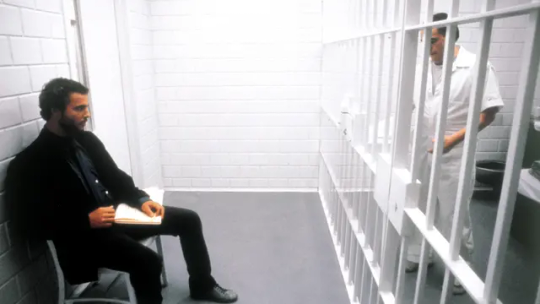



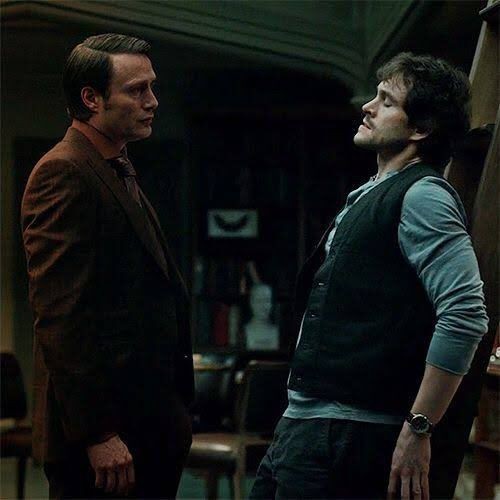
#the silence of the lambs#sotl#manhunter 1986#red dragon#nbc hannibal#hannigram#thomas harris#hannibal novel series#hannibal sillies
129 notes
·
View notes
Text

It’s just so funny to me that like. All the other iterations of Hannibal are only too happy to be cold bastards who want to mess with Will Graham like a mouse in a lab maze at most. But tv Hannibal wanted someone to match his freak almost pathetically badly. And tv Will just happened to match his freak in a way that was lethal to the general public 💀
#hannigram#nbc hannibal#hannibal lecter#hannibal nbc#will graham#manhunter 1986#red dragon#hannibal memes#hannibal meta#thomas harris#silence of the lambs#hannibal series#hanniblr#hannigram memes#hugh dancy#mads mikkelsen
2K notes
·
View notes
Text
“Will we passive aggressively flirt in every lifetime?”
Every lifetime:
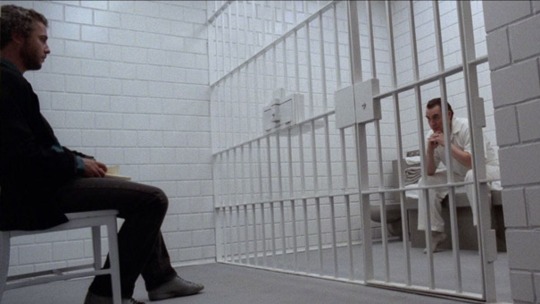

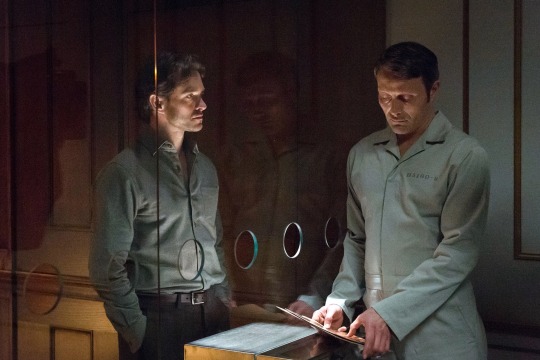
#hannibal lecter#will graham#hannigram#hannibal nbc#nbc hannibal#hannibal x will#red dragon 2002#manhunter 1986#hannibal tetralogy
962 notes
·
View notes
Text
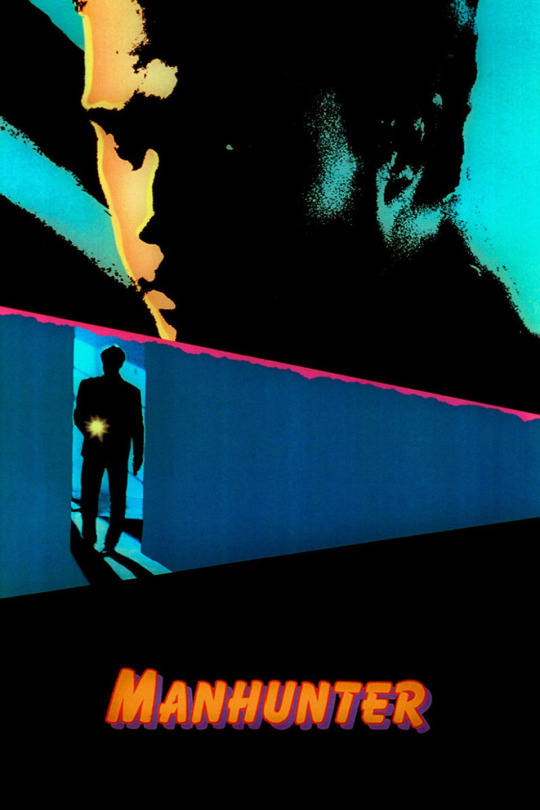
#polls#movies#manhunter#manhunter 1986#manhunter movie#80s movies#michael mann#william petersen#tom noonan#dennis farina#brian cox#kim greist#requested#have you seen this movie poll
130 notes
·
View notes
Text








Manhunter (1986)
#manhunter#manhunter 1986#filmedit#michael mann#william petersen#brian cox#kim greist#movies#**#cinematography in this film is 🔥🔥#cinematography in all michael mann's films is 🔥🔥🔥
192 notes
·
View notes
Text


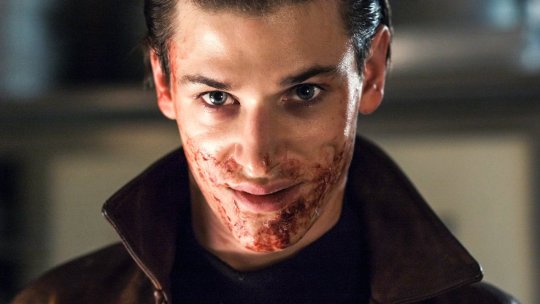

Hannibal Lecter (Manhunter/The Silence Of The Lambs/Hannibal Rising/Hannibal)
#bored#hannibal lecter#manhunter#manhunter 1986#the silence of the lambs#silence of the lambs#hannibal rising#hannibal#hannibal nbc#brian cox#anthony hopkins#gaspard ulliel#mads mikkelsen#horror
359 notes
·
View notes
Text
So in love with how NBC Hannibal clearly references the Hannibal films but instead of taking them as an inspiration for Hannibal’s character, the parallels between the movies and the series always depict Will instead.
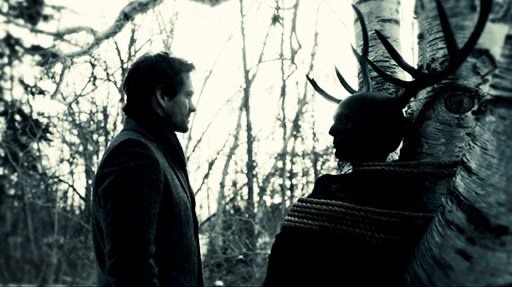
Like this scene. This is a visual reference to Hannibal Rising (2007), where Hannibal kills one of the men that ate his sister.
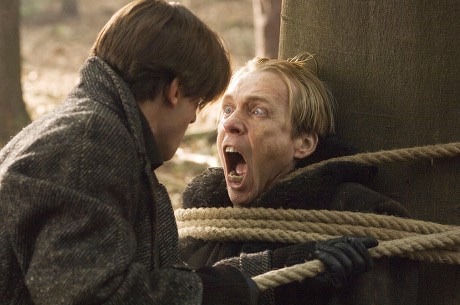
In the show it’s WILL taking Hannibal’s place.
After this scene in Hannibal Rising, Hannibal continues to eat the man’s cheeks.

Sounds familiar?
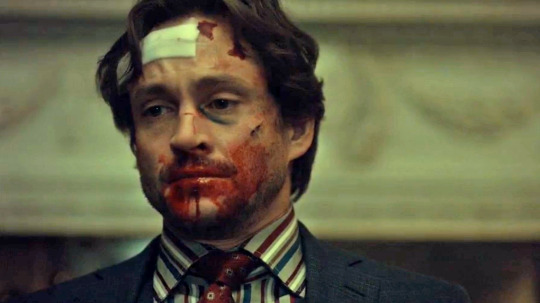
Also, Will’s whole prison setup is a mirror of the setup in Silence of the Lambs (1991).
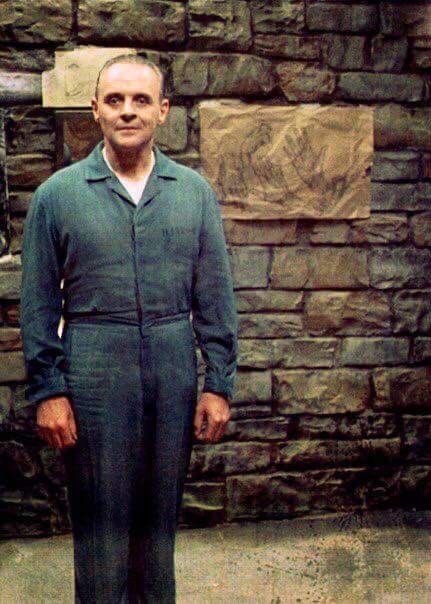
Hannibal in SOTL vs Will at the end of season 1/beginning of season 2:
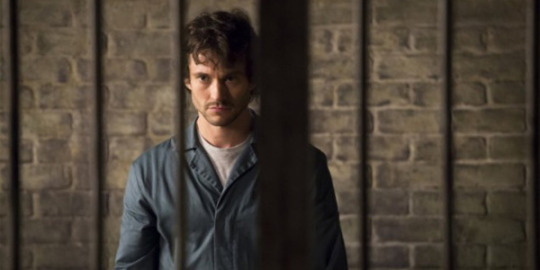
They could have done the obvious, which is link the tv show Hannibal to the movie Hannibals (which, to be fair, they did in S3b; Hannibal’s prison chic minimalism was very much inspired by Manhunter (1986)). But I find it so interesting that they chose to visually mirror Hannibal’s development in Will’s storyline!! They’re the same. Will is following in Hannibal’s footsteps, he’s tracing it back to where it all began to become him. Ugh
#hannibal#hannibal meta#nbc hannibal#hannibal nbc#will graham#hannibal lecter#hannibal rising#manhunter 1986#the silence of the lambs
4K notes
·
View notes
Photo

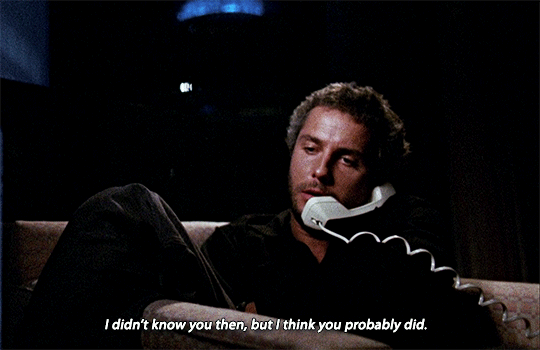
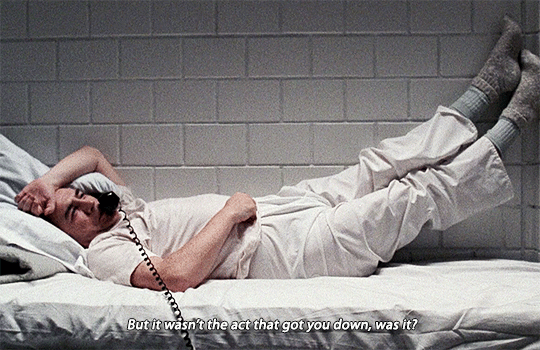
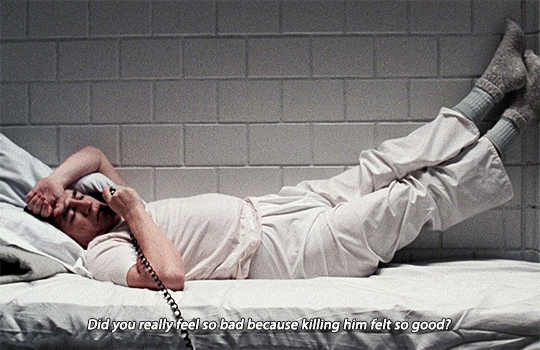


MANHUNTER (1986) dir. Michael Mann
#manhunter#manhunter 1986#michael mann#filmedit#movieedit#thrilleredit#filmgifs#moviegifs#m*#we should have had hannibal lounging in his bed twirling his telephone cord on the show too...
1K notes
·
View notes
Text

Any Manhunter (1986) fans in the house??
#nothing but respect for MY will graham#no offense to mr hugh dancy slight offense to ed norton#i just think william petersen is the best to ever do emotionally damaged gay guy#and also this movie is one of my favorite movies of all time#so that helps#manhunter 1986#william petersen#will graham#hannibal lecter#red dragon#hannibal#hannigram#illustration#fanart#procreate#artists on tumblr#my stuff
61 notes
·
View notes
Text



#will graham#manhunter 1986#hannibal#movies i watched in 2024#i didn't even really like this movie but will and hannibal both lounging talking to each other was wicked funny#hannibal lecter#god#michael mann#horror
83 notes
·
View notes
Text

God forbid I want them to fuck
#hannigram#hannibal nbc#hannibal fandom#hannibal#hannibal lecter#will#will graham#this is my design#hannibal x will#manhunter 1986
31 notes
·
View notes
Text
#hannibal#nbc hannibal#hannibal lecter#anthony hopkins#silence of the lambs#mads mikkelsen#red dragon#manhunter 1986#brian cox
68 notes
·
View notes
Text
I will be needing 3 business days to recover from Speak No Evil so I'm putting on something I think will be more fun and lighthearted for me.
Manhunter (1986). I only recently learned this was a Hannibal movie so I'm playing it while its free on prime.
#manhunter 1986#manhunter#kira watches a thing#you'd think they'd just auto fill that for me by now#hannibal#will graham
54 notes
·
View notes
Text
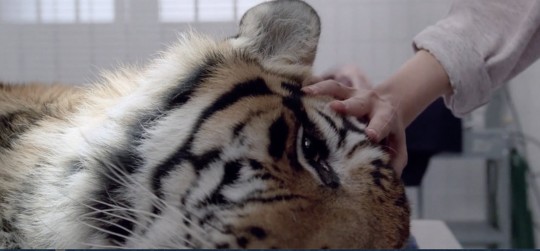
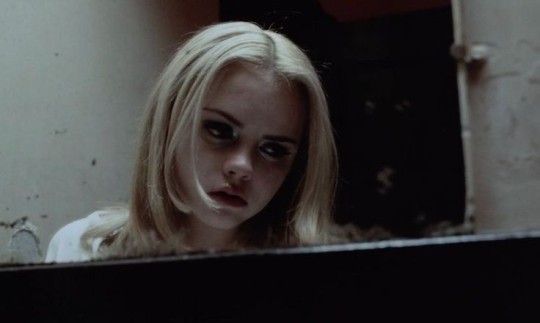
I just have this feeling you're not gonna come back
#girlblogging#film#coquette#hell is a teenage girl#cinema#lana del rey#femcel#this is what makes us girls#cinema stills#dollette#coquette angel#angelcore#coney island baby#baby blue#daddy’s babygirl#filmtvcentral#filmtvdaily#priscilla#film screencaps#film stills#manhunter 1986#female urge#adult human female#buffalo 66#layla buffalo 66#christina ricci#it girl#vincent gallo
120 notes
·
View notes
